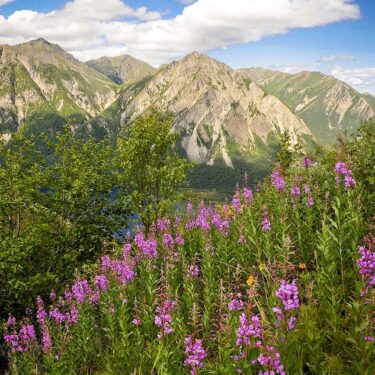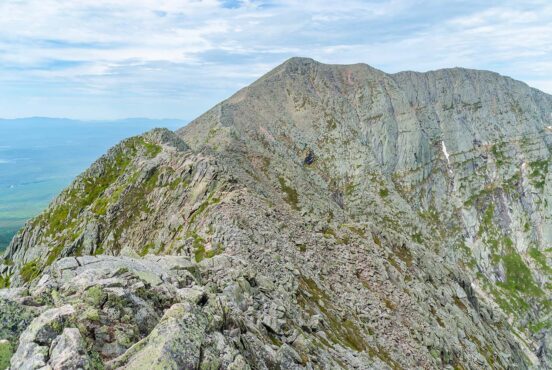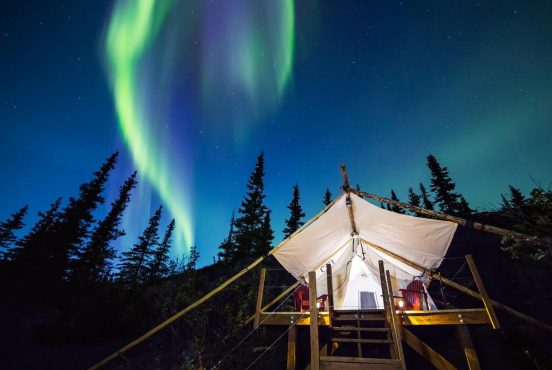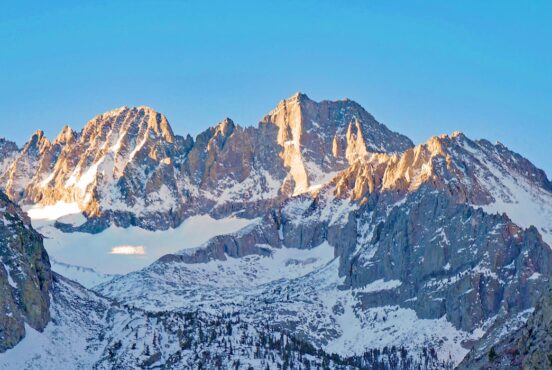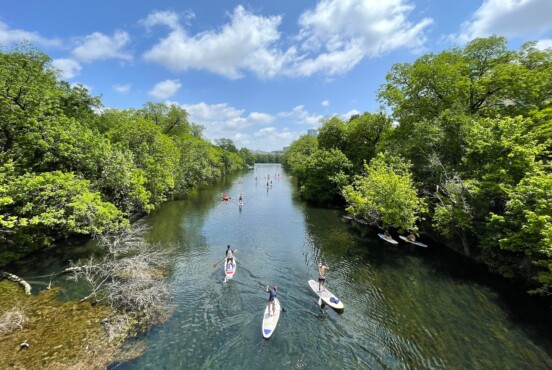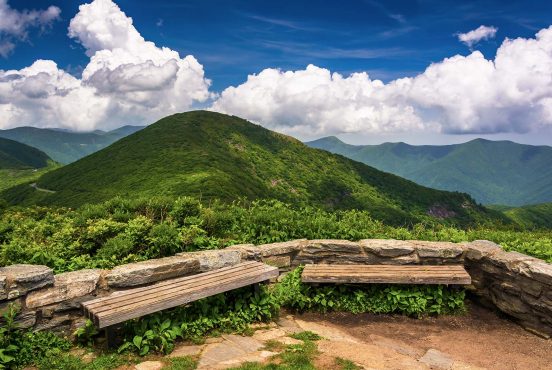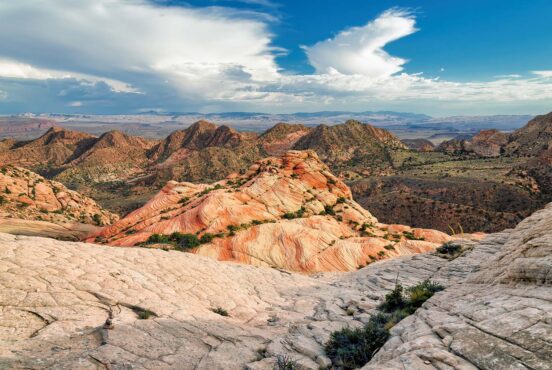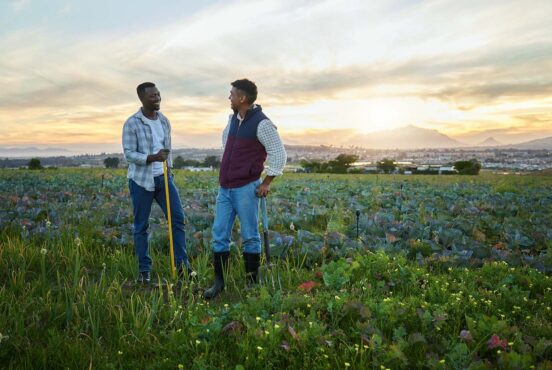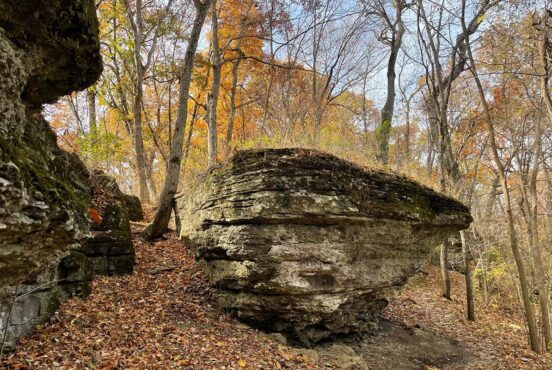The aurora borealis are one of nature’s greatest light shows — but this dazzling display can be tricky to catch whether you’re on trail or off. Here are some tips.
If there is one benefit to living in a dry cabin in Alaska and having to brave blustery winter journeys to the outhouse to do “business,” it is that I have the excuse to check for auroras often.
My husband and I quickly don our Alaska winter uniform—puffy pants, puffy jacket, hat, gloves, and warm socks. These layers should be enough to keep us outside long enough for the celestial spectacle.
The snow squeaks under our boots as we crane our necks to find the best vantage point. In one direction, the inky black sky bleeds into a brighter feathery gray. In the other direction, ribbons of neon green twist and turn in the sky, almost giving me vertigo. The sharp cold irritates my airways as I unconsciously let out a wow. As if the scene couldn’t get any more otherworldly, the lime glow seeps into crimson-red streaks.
“How lucky are we that we live in a place where we see these at least once a week?” I say out loud.
After five years of chasing auroras from my home in the interior of Alaska, I need to warn people: auroras will always be an elusive phenomenon. Not everything you read online is true, but here’s my best advice for spotting nature’s most dazzling color show.

Northern Lights: What in the World Are They?
The northern lights, or aurora borealis, are the literal bright side of living at 63 degrees north latitude outside of Denali National Park and Preserve where winter keeps a stingy grip on the sun below the horizon, swallowing the daylight. People living in the Northern Hemisphere’s auroral oval zone that surrounds the magnetic pole—like Alaska, Canada, Greenland, Iceland, Norway, Finland, and Russia—have a front seat for viewing the Northern Lights during the winter months. The counterpart of the aurora borealis—the aurora australis—occurs in the Southern Hemisphere.
If you’ve been seeing more pictures and media articles about the northern and southern lights or maybe caught a glimpse on a recent hiking trip, there’s a reason. We are in the middle of the sun’s 11-year solar life cycle, which will hit the solar maximum around July 2025.
Here’s the explanation: solar activity never stops, but the sun is more active during years surrounding the solar maximum. Thanks to nuclear fusion inside the sun, electrons and protons zoom into space, creating solar wind. Then these electrically charged particles enter the Earth’s upper atmosphere and collide with oxygen, nitrogen, and other gasses. Voila! Earth dwellers get to watch the sky get trippy with auroras.
The heightened solar activity is also the reason aurora borealis are dancing further south from their typical polar skies. During the last solar maximum in 2003 and 2014, auroras hit closer to the equator than the north pole with sightings as far south as California, Texas, and Florida.

When will you see the northern lights?
People notoriously will ask when’s the ideal time to plan a trip. Bummer: there’s no planning with auroras. At our latitude in Alaska, summer nights mean the sun only dips 6 degrees below the horizon. Without complete darkness in the summer, it’s just too bright to see the northern lights.
Alaska draws in 1 million tourists annually, but most visit from May through August. If you want to try to see Alaska’s auroras, plan your visit from late August until late April when we have a true night sky. That’s the best foresight I can give.
Furthermore, aurora calculations are not viable months in advance. They are hardly reliable a week in advance. The science behind auroras utilize several data indicators, symbiotic to each other. One example is the planetary Kp index based on a scale of 0-9. Does it seem like I’m speaking jibberish?
For that reason, I personally rely on the University of Alaska Fairbanks Geophysical Institute, which indicates when the Kp index is “high activity.” Many other organizations, like NOAA, also track the index. However, that’s just one indicator, and not the end-all. Even on nights with a predicted Kp index of 3 (low), I’ve seen some stellar shows.
Further, the sun’s surface could erupt violent events without warning, like fierce solar flares and coronal mass ejections of plasma — especially during the solar maximum period. These “geomagnetic storms” hurtle toward Earth and days later, we’re in the midst of an enchanting display.
If this sounds familiar, it’s because it recently happened in May 2024. A geomagnetic storm brought wildly beautiful aurora borealis displays as far south as Colorado, and the colors lasted throughout the entire weekend.

What else should you consider before hunting the northern lights?
Sure, picking a more probable latitude to go aurora hunting helps, but there are other variables when the time comes. Is it cloudy? Is there a full moon? Is it snowing heavily? While auroras still occur during these types of nights, it certainly stymies their appearance. Living in the Arctic means volatile weather, so crystal clear skies are seldom. We often see a wispy white-gray color in the sky and believe auroras are there, but it’s just too cloudy to see the actual colors.
Also, it’s a good idea to keep an eye on light pollution since it dims the light display. The neighborhoods in my community lack streetlights and the households are spread out. The closest city is Fairbanks, which is two hours north and still doesn’t have a lot of light pollution. While I am fortunate to be able to walk out my front door and see the lights, Alaska is the type of place that makes it easy to escape light pollution. With the lights dancing into lower latitudes with higher populations, it would behoove you to seek countryside locations for the aurora hunt.
Do I need to hike all night to see the northern lights?
We have a code amongst our friends in our community. If we see auroras, we text “LIGHTS!” The kicker: by the time we layer up to brave the cold, the spectacle could be over. Auroras put on performances for hours —or minutes. We never know.
If you are an out-of-towner taking a trip somewhere for the sole purpose of spotting auroras, expect to do nothing but wait for several days. Hardcore aurora chasers will pull all-nighters waiting in their cars or trekking to the middle of nowhere. They will set alarms to drag themselves out of their toasty warm sleeping bags to be shocked awake with arctic air blasts.
If you are going on a trip specifically to see auroras and have limited time, there are guided aurora tours out there that will help interpret the data and narrow the viewing window (Bonus: You can even catch some shut-eye while they peep the sky for you.)

Why do the northern lights look better on my camera than in real life?
Sometimes the camera captures more of the color than we can see with the naked eye. First of all, it takes the human eye 30 minutes to adjust to the dark. Beyond that, the aurora show is almost always more pronounced through a camera lens.
I remember struggling to get my settings correct with my DSLR camera and setting up a tripod, but nowadays, newer smartphones have no issues capturing the lights. The auroras we see most commonly are greenish-yellow, and that’s because the primary gas in the Earth’s atmosphere is oxygen. If the gas being admitted from the collision is more nitrogen, they might exhibit more red or pink. But, those are rare. A purple or blue tint would be due to hydrogen and helium molecules, and I have yet to witness this kind of display.
Final Thoughts on Spotting the Northern Lights
Not only do you have to be in the right place at the right time, but there’s also real scientific data that has to align for a show. Often, you devote a world of effort to aurora hunting but come away with lackluster results. With that being said, if there’s any time to chase down this bucket list item, do it between now and 2026. Just remember: pack flexibility and patience.
Find Your Next Adventure
Get epic travel ideas delivered to your inbox with Weekend Wanderer, our newsletter inspiring thousands of readers every week.

